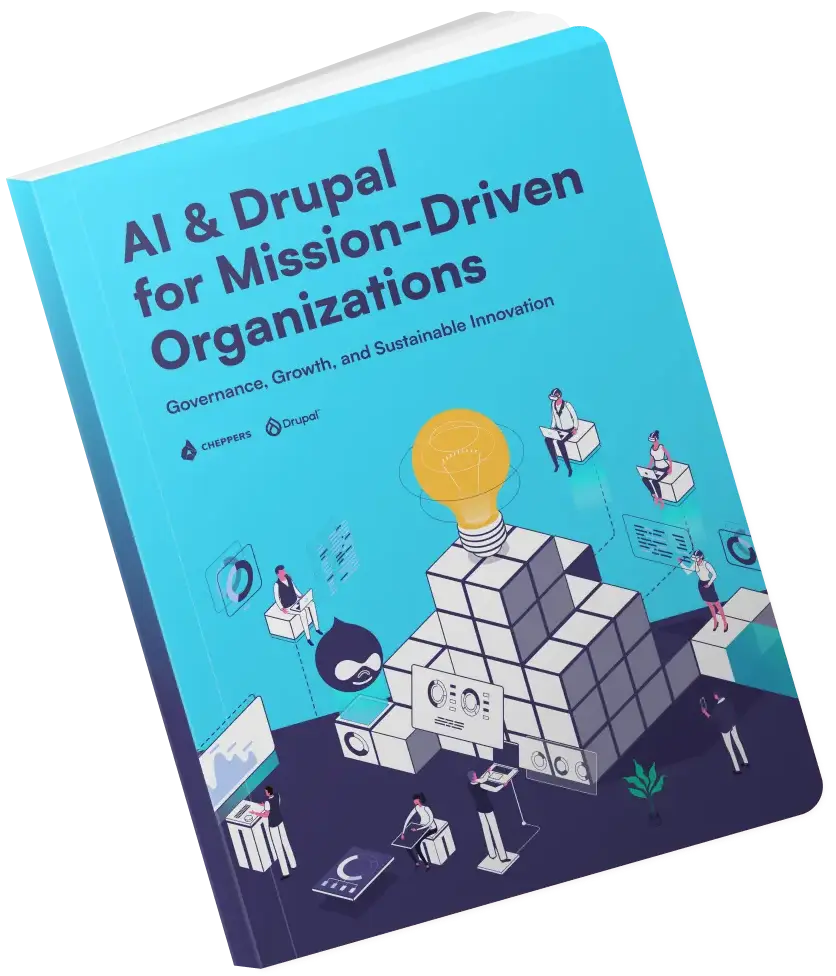


The Challenge
The client needed a unified content management solution that could reduce operational overhead while preserving the distinct branding and user journeys for two very different audiences: researchers and patients.
Key requirements included:
- Centralized backend operations,
- Distinct frontends with custom user flows,
- Modern, accessible, and mobile-friendly design,
- Scalability for future features and integrations.
Our Solution
We started by engaging in a competitive tender process where we presented our initial UX/UI concept designs, which the client accepted. From there, we launched a phased project to redesign both websites and streamline editorial workflows.

Single Drupal backend, dual frontends: One CMS powers both websites, making content updates easier without sacrificing design or functionality differences.
Redesigned IA and UI system: We harmonized the design language across platforms while preserving the necessary uniqueness of each site. Fewer unique frontend components reduced complexity and sped up development.
Modular, reusable components: Even site-specific features were built for flexibility, allowing for easy reuse and scalability in future phases.
Collaborative, accessible design: Wireframes, mood boards, and UI designs were created in close collaboration with stakeholders. Accessibility, clarity, and mobile responsiveness were prioritized across the board.

The Results
The new platform transformed internal workflows and improved the experience for both patient and research audiences:
- A single interface now manages content for both sites,
- Editorial work is faster and more efficient, with no more duplication,
- The unified design system created a more modern and consistent experience across audiences,
- Patients can easily find clinical services, while researchers and donors can better engage with the institute’s work.

Additionally, the modular architecture makes future updates, such as multilingual support, advanced search, or integration with third-party systems both feasible and cost-effective.
This project shows how a clear UX vision, thoughtful technical planning, and scalable development can turn fragmented digital properties into a cohesive, future-ready platform while meeting the diverse needs of a mission-driven organization.
Share
Similar projects

World Vision Germany chose us to enhance their digital platform based on our deep Drupal expertise and proven experience working with international NGOs. Their website plays a critical role in fundraising and donor engagement — from sponsoring children to enabling long-term online relationships between sponsors and the children they support.

Founded in 1766, Rutgers University is the oldest, largest, and top-ranked public university in the New York–New Jersey metropolitan area. With more than 71,000 students and 30,000 faculty and staff, the institution plays a vital role in higher education and research across the region. Its long history of academic excellence, community involvement, and innovation makes it one of the most respected public universities in the country.


